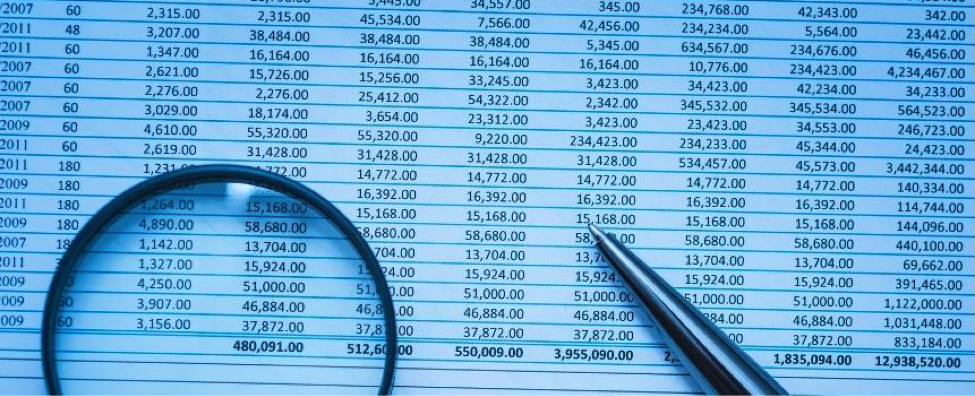Good reporting can be the make or break of a project
Data within a project is only as good as the reports which access it. While it’s important to collect and collate information, if you can’t access it easily when needed, that information loses a portion of its power and usefulness.
Reports are therefore a vital pillar of project management. They help inform the project team of progress and allow an assessment of the success or failure of discrete elements of work and the project overall.
Good reporting facilitates good performance and provides visibility of project success.

Consider your audience
Different types of stakeholders require different kinds of reports. There’s no one size fits all approach because the purpose of reports differs greatly depending on the recipient’s type of involvement and level of responsibility.
Reports facilitate actions, and those actions will be different for the various types of people involved in a project.
Those in the C-Suite will require top-level information. This is likely to be an aggregated overview of performance without any granular detail. They are therefore less likely to need to know all the specific details of a project like individual unit costs, or task owners; instead, they’re looking for a summary of how the project is performing.
This might mean using infographics or a scorecard with a rolled-up assessment of progress to give them a one-glance picture. These infographics are easily digestible and instantly understandable.
Project team members need much more detail. They’re the ones managing the project day-to-day and therefore need reporting products that cover things like cost, risk, forecasts, variances, scheduling, etc.
The format of these reports will differ depending on the content but will frequently include database extracts, GANTT charts, and bespoke-designed exports.
External stakeholders such as vendors or subcontractors
External stakeholders such as vendors or subcontractors need a different reporting approach again. They don’t need an overview of project progress at the macro level; instead, they simply need to know how and when to execute their specific element of the project.
Those in charge of delivery will often be keen to use a familiar solution like an excel spreadsheet, which may have built-in functionality such as filters, to allow users to narrow down to just the topics relevant to them.

Design your data configuration with reporting in mind
It’s essential to design your data configuration with reporting in mind, to create the most valuable reports possible. The structure of the meta-data needs to be carefully thought out, to ensure that information is accessible.
Having a comprehensive knowledge of how your information is saved and named means that you will then be able to design reports more effectively to extract that information. You can’t report on what you can’t find, so time spent upfront organizing and categorizing your data will pay dividends at the reporting stage.
There is no point in capturing data you then can’t access, because it is not actionable information. Each data field needs to be accessible for reporting. Failure to be able to extract information renders that information useless, as it loses the ability to contribute to the project specifically or the enterprise overall.
Different types of report offer different outcomes
Project reports can look in two different directions.
The first type looks backward at what has happened, in the form of performance reports. How much has been spent? What has been achieved? On which dates were milestones reached or project phases closed down?
These reports tend to be factual, flat rows of data that are descriptive and static. Use these to keep the project governance board informed of progress to date and to create a record of what happened when.
The second type looks forward to what is yet to come. What’s scheduled to happen, and when? How much will you spend? What are the likely risks which may be encountered?
These reports are much more visual and often take the form of something graphical like an S-Curve, or could be a histogram or time distribution chart. A critical type of predictive report is cost forecasting, as this often dictates the bottom line for the success of a project.
Efficient reporting allows you to demonstrate and celebrate success
The success of a project, including the performance of the project team and any external delivery partners involved, is demonstrated through good, comprehensive reporting.
It’s therefore critical to ensure that your information is formatted in a way that allows easy extraction into a report and that you choose the right type of report for your audience and intended use.
DRMcNatty has extensive experience designing reports of all types to help our clients demonstrate effective, on-budget project delivery. Our expert staff are ready to help you do the same.






